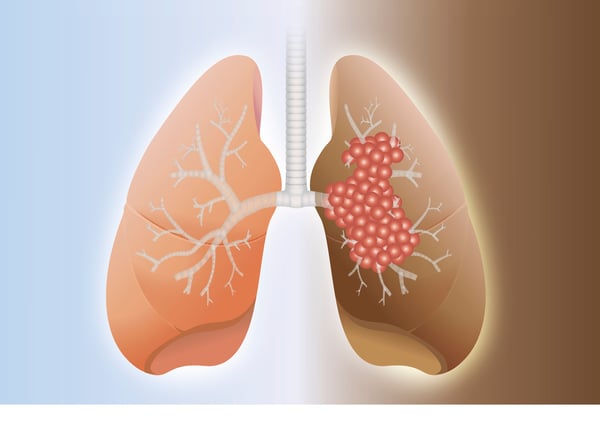
Pulmonary aspiration is a common medical emergency, especially in patients with endotracheal tubes or other aspiration risk factors. In fact, one study found aspiration has been reported in about 25% of intubated patients. Aspiration is a life-threatening medical emergency. Seconds count, so proper suction in a pulmonary aspiration emergency is critical. Here’s what you need to know to save lives.
How Aspiration Kills
Most cases of aspiration-related death are actually due to contaminants in the aspirate. Aspirated vomit, contaminated fluids, and similar aspirates present a special risk. The more contaminants a patient aspirates the greater the risk of mortality. Moreover, many patients die of aspiration in the hospital well after the initial aspiration event occurs.
Also consider what increased the risk of aspiration:
- Advanced age; almost all people who die of aspiration are elderly.
- Intubation.
- Cognitive or mobility impairments.
- An underlying infection.
- Swallowing disorder.
- Gastroesophageal reflux.
It’s important to remain continually mindful of the risk of aspiration in these populations.
Suction as an Aspiration Preventative
Proper suctioning in high-risk situations can help prevent aspiration. Be prepared to begin suctioning when:
- A patient has a mobility or cognitive impairment and cannot clear the airway.
- A patient is continually vomiting or bleeding from the throat.
- A patient must be intubated.
- A patient has a history of previous aspiration.
- A patient has infectious pneumonia.
Properly suctioning the airway is equally important when other indications for suctioning are present such as low oxygen saturation. Aspiration is a preventable emergency, and having your suction unit ready in high-risk situations is the single most important thing you can do to prevent this life-threatening catastrophe.
How Proper Suctioning Saves Lives
When a patient begins aspirating, you must begin suctioning the airway immediately. Mortality is closely tied to the volume of fluid a patient aspirates. By promptly suctioning the airway, you reduce exposure to contaminants and can lower the risk of hypoxia and other complications.
Be mindful of the most common symptoms of aspiration, which include:
- Blood-tinged sputum.
- Difficulty breathing.
- Coughing or gagging.
- Continuous vomiting or bleeding from the throat.
- Unexplained sweating.
- Difficulty swallowing.
Begin suctioning at the first sign of aspiration. If the patient is continuously vomiting or bleeding, making traditional suctioning difficult, you may need to use suction assisted laryngoscopy and airway decontamination (SALAD). Your agency should routinely provide training on this and other life-saving pulmonary aspiration techniques.
After the patient is stabilized, immediately transport them to the hospital. They may need antibiotics if they have been exposed to aspirated contaminants. They will almost certainly need to be monitored for a few days.
Your portable suction unit must always be on, charged, and ready to go. Don’t wait for an aspiration emergency. Assume that any emergency call can turn into an aspiration crisis. Especially when treating pediatric, elderly, and respiratorily impaired populations, your suction machine is a critical part of your first response kit.
Every agency is different. Some specialize in mass casualty events or work across agencies. Others serve small rural populations. The people you serve should be the ultimate factor that determines which equipment you use. We’d love to help you find the right portable suction machine for your agency. To learn more, download our free guide, The Ultimate Guide to Purchasing a Portable Emergency Suction Device.
Editor's Note: This blog was originally published in October 2018. It has been re-published with additional up to date content.
















